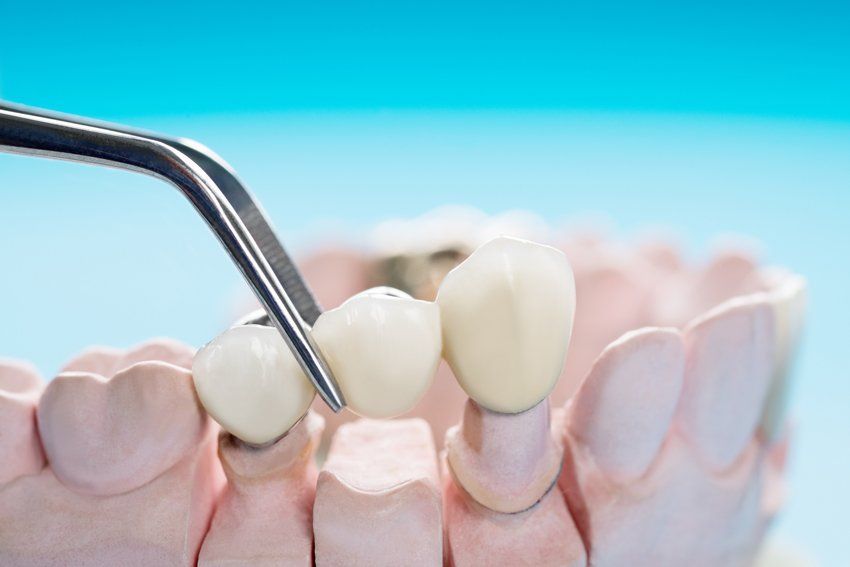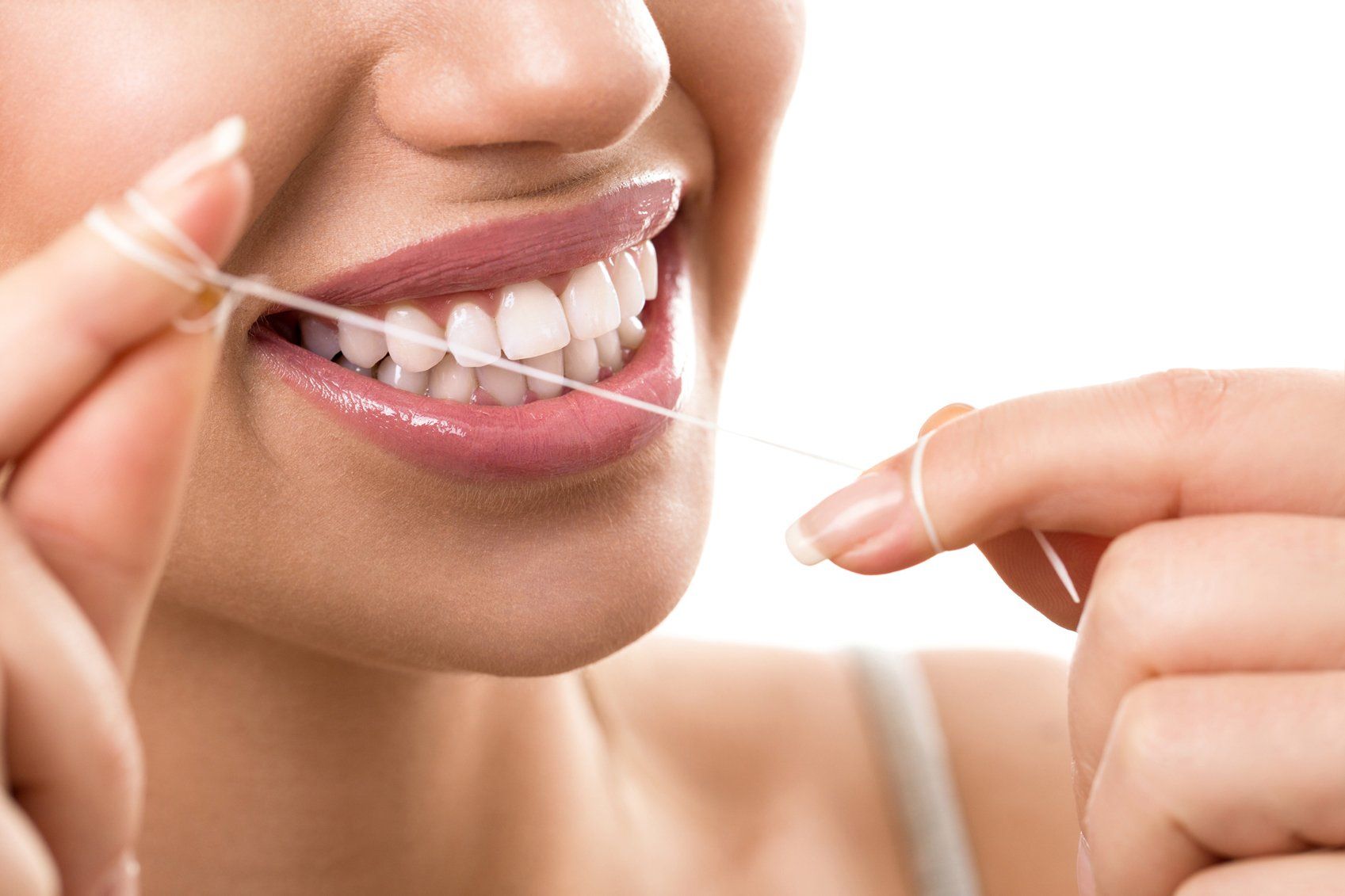Emily Daniel D.D.S.
Emily Daniel, D.D.S.
Everything You Need to Know About Dental Bridges
Jun 02, 2020

A dental bridge is just what its name suggests - a structure that connects two teeth together. It bridges the gap between your teeth where you have one or more missing teeth. Before you undergo the procedure, you may want to educate yourself about what a bridge is and the process for getting one. Keep reading to learn more.
Information About Bridges
A bridge consists of two or more crowns on the sides of your missing teeth. These teeth are anchor teeth that support the teeth in the middle, which are your replacement teeth. Implants are capable of acting as anchor teeth.
You choose the material of your replacement teeth from options such as the following:
- Gold
- Porcelain
- Alloy
- Porcelain-fused-to-metal
Your dentist will discuss the pros and cons of your option to help you make an informed decision based on your budget, habits, and desires.
Type of Dental Bridges
Four main types of dental bridges exist, and each are used in different situations.
Traditional Bridge
Traditional bridges are the most common kind of bridge a dentist uses on a patient. It consists of crowns cemented to your abutment teeth. A dentist connects a false tooth or teeth to the abutment teeth. It's the kind of bridge a dentist uses when you have natural teeth on both sides of your gap.
Maryland Bridge
A Maryland bridge is similar to a traditional bridge. Usually, a dentist bonds either a metal or porcelain wing on one or both sides of your replacement tooth or teeth.
Implanted-Supported Bridge
An implant-supported bridge uses the same concept as other bridges, but instead of crowns or framework, your dental practitioner implants abutments and artificial teeth. A dentist may also place a pontic (a type of artificial tooth) in between two crowns supported by implants.
Cantilever Bridge
This type of bridge is the least likely option a dentist will use on your teeth. It's an ideal option for your front teeth since it's not as stable as the other options. You're less likely to damage a cantilever bridge on your front teeth, which don't sustain the brunt of the force like your back teeth do.
A cantilever bridge implements the same concept of the aforementioned options, but a dentist uses it when you only have a stable tooth on one side of replacement teeth.
Procedure
Your procedure will vary based on your specific needs. However, anyone who requires a dental bridge can expect at least two visits once a dentist determines you may benefit from a bridge.
First Appointment
During your first visit, your dentist will craft a mold of the teeth that play a role in the bridge.
If you have any concerns about discomfort during your dental work or have dental anxiety, you should discuss this with your practitioner. Together, you can decide if sedation is necessary and what type is ideal for you.
You will receive any special instructions for your procedure day at this visit. For instance, if you're taking any type of sedative, your dentist will advise you to have someone drive you to and from your appointment.
Second Appointment
At your second visit or possibly your third, your dentist will fit you for a permanent bridge and prepare your teeth for the process. Then, your dentist will cement the crowns to your teeth. Before you receive the bridge, your dentist will apply a local anesthetic to the area.
A dental bridge helps replace missing teeth. You have four options, and a dentist can help you decide which one is best for you. Overall, the procedure is relatively straightforward and requires little preparation on your part.
Schedule an appointment
with P.A. Daniel Jr., D.D.S., serving Goldsboro, NC and the general vicinity, for a routine dental exam or to address any concerns you have.
CONTACT INFORMATION
Phone: (919) 734-4716
Address: 2300 Wayne Memorial Dr., Suite D, Goldsboro, NC 27534
BUSINESS HOURS
Monday - Thursday: 8:30 AM - 5:30 PM
Friday: By Appointment
Saturday - Sunday: Closed



OUR LOCATION
Content, including images, displayed on this website is protected by copyright laws. Downloading, republication, retransmission or reproduction of content on this website is strictly prohibited. Terms of Use
| Privacy Policy









